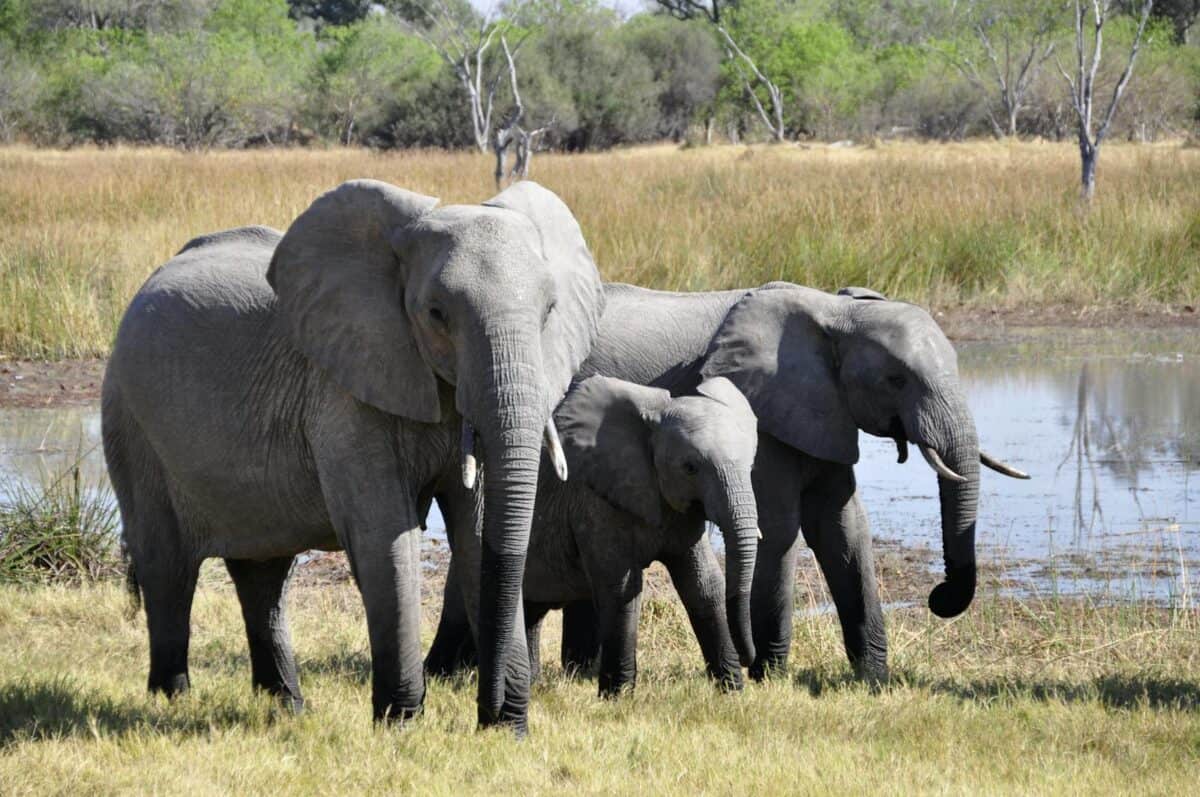Africa, renowned for its vast savannas, dense rainforests, and sprawling deserts, is a haven of wildlife diversity. The continent is home to a remarkable array of animals; each uniquely adapted to its environment. From the majestic lion to the towering giraffe, Africa boasts creatures that captivate the imaginations of wildlife enthusiasts and adventurers alike. Let’s embark on a journey across Africa to explore its top 10 iconic animals and their intriguing characteristics.
The African Elephant

The African elephant, the largest land animal on Earth, is a symbol of strength and intelligence. Found across diverse habitats such as forests, savannas, and deserts, these majestic creatures are easily recognized by their massive bodies and large ears, which serve to regulate their body temperature. Social animals by nature, elephants form close-knit family groups led by matriarchs. Unfortunately, they face threats from habitat loss and poaching for their ivory tusks, making conservation efforts crucial for their survival.
The Lion
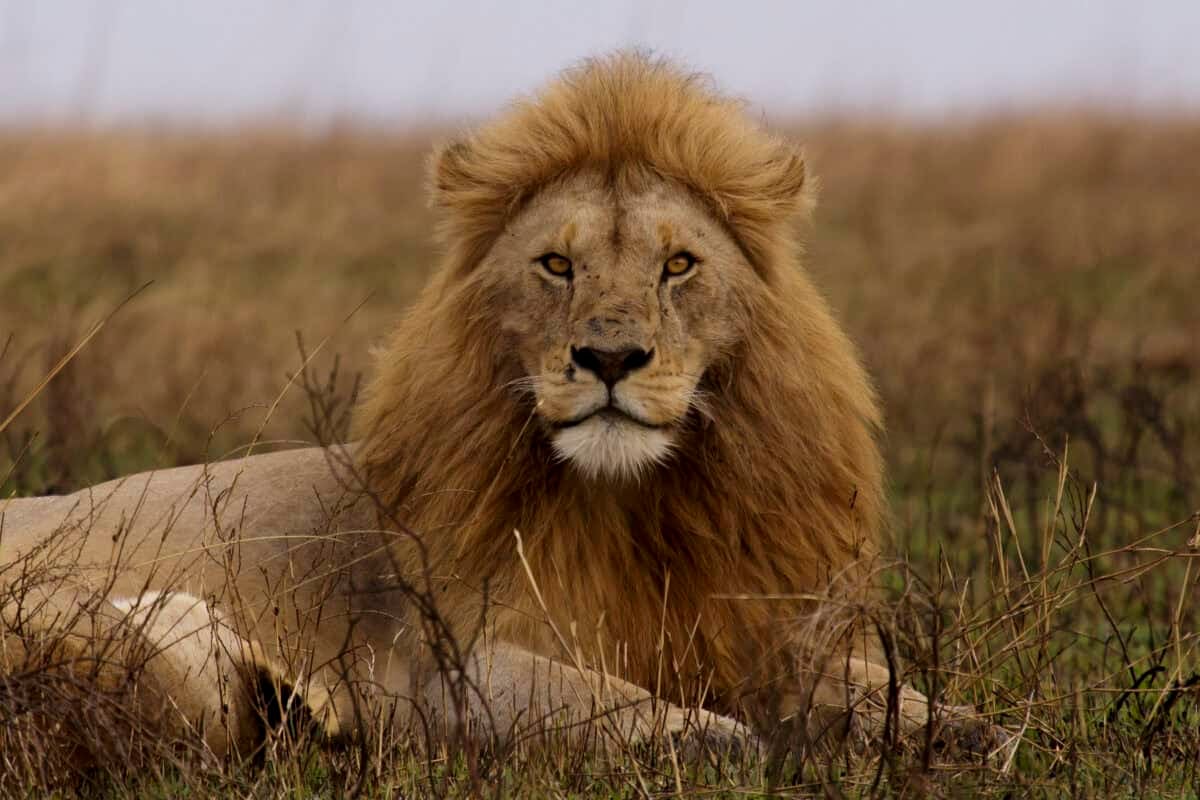
Known as the “King of the Jungle,” the lion is Africa’s top predator and one of the most revered animals in the animal kingdom. Lions live in pride, comprising several females, their cubs, and a few male lions, showcasing a unique social structure among big cats. Their iconic roar can be heard from up to five miles away, a testament to their power. Found in grasslands, savannas, and open woodlands across sub-Saharan Africa, lions face threats from human encroachment and hunting.
The African Leopard
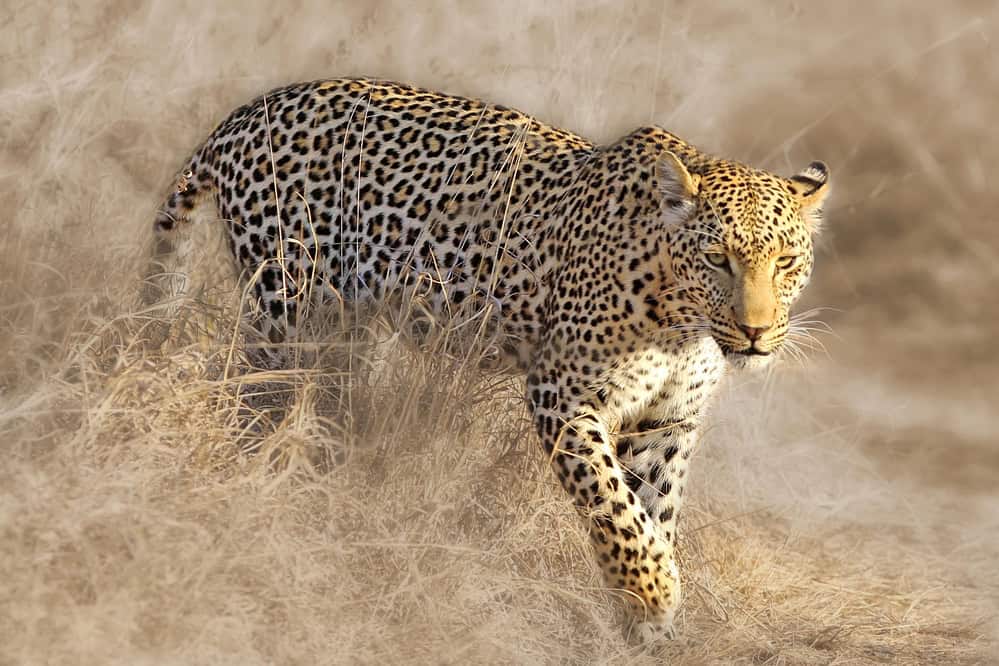
The African leopard is an elusive and solitary big cat known for its adaptability to various environments, from rainforests to deserts. Leopards are agile climbers and often drag their prey high into trees to protect it from scavengers. Their distinctive spotted coats provide excellent camouflage in a variety of settings. Though widespread, their populations are declining due to habitat loss and human-wildlife conflict.
The Rhinoceros

Africa is home to two species of rhinoceros: the black rhino and the white rhino. These iconic creatures are distinguishable by their massive bodies and characteristic horns. Sadly, both species face severe threats from poaching, driven by the demand for rhino horns in illegal markets. Conservation efforts have made significant progress in boosting their numbers, but they remain critically endangered.
The Giraffe

The giraffe, the tallest land animal on Earth, is a gentle giant of Africa’s open woodlands and savannas. Characterized by their long necks and striking spotted coats, giraffes have adapted to feed on leaves from high tree canopies. Despite their towering presence, giraffes are vulnerable to habitat loss and fragmentation, necessitating conservation action to ensure their survival.
The Hippopotamus

The hippopotamus, often found in Africa’s rivers and lakes, is one of the continent’s most formidable mammals. Despite their somewhat comical appearance and graceful swimming ability, hippos are considered one of the most dangerous animals in Africa due to their territorial nature. They play a crucial role in their ecosystems by maintaining waterway health, but overpopulation and habitat encroachment pose significant risks to their numbers.
The Cheetah

The cheetah is famed for its incredible speed, making it the fastest land animal on the planet. These sleek predators can accelerate from 0 to 60 mph in just a few seconds to catch speedy prey. Cheetahs are primarily found in grasslands and savannas, where they rely on their keen eyesight for hunting. With fewer than 7,000 individuals left in the wild, they face an uncertain future due to habitat loss and human-wildlife conflict.
The Zebra
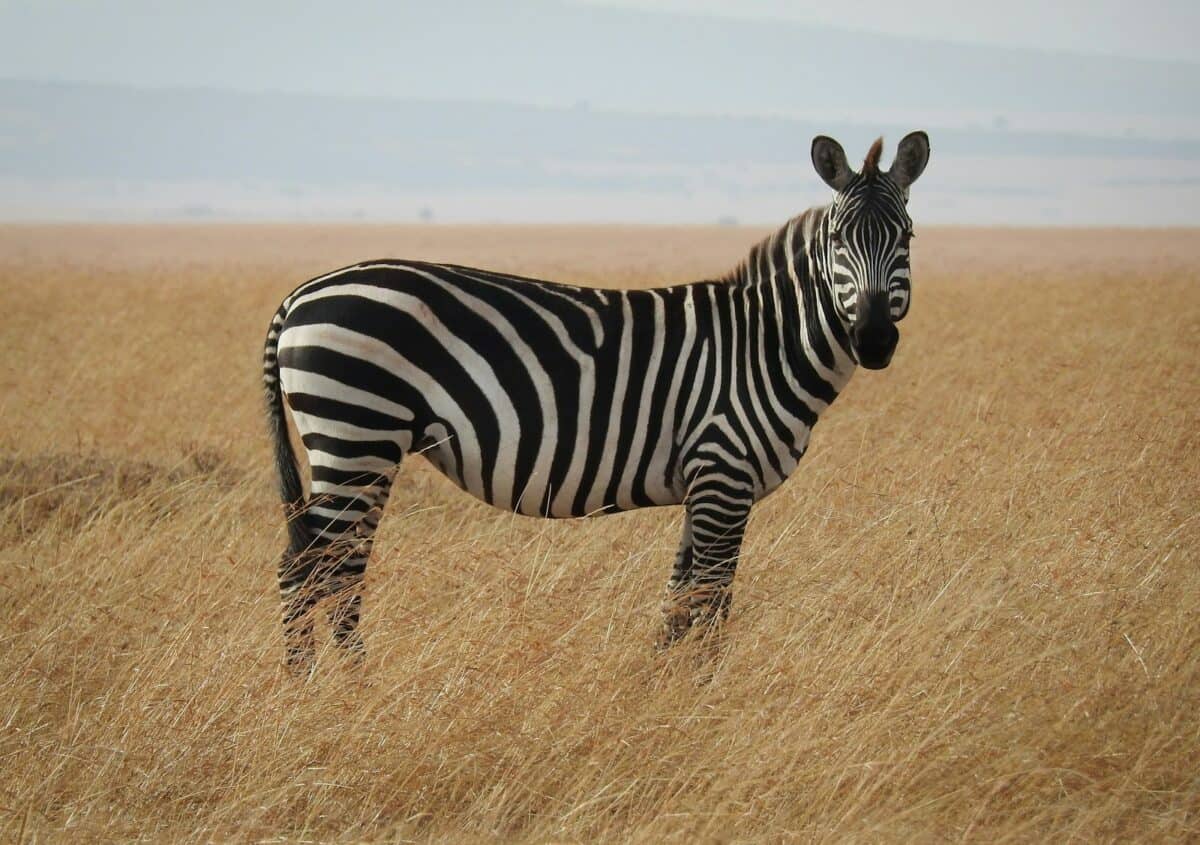
The zebra’s distinctive black and white stripes have long fascinated scientists, with theories suggesting their function ranges from camouflage to social bonding. Zebras are social animals usually found in herds, grazing across Africa’s savannas and grasslands. While common in protected areas, zebras face challenges such as hunting and habitat fragmentation.
The Wildebeest

Best known for their epic migrations across the Serengeti and Maasai Mara, wildebeests are key players in Africa’s savanna ecosystem. These large herbivores travel in vast herds, seeking fresh pasture and water, creating one of the most spectacular wildlife phenomena on Earth. However, this natural spectacle is threatened by human-made obstacles and climate change.
The African Buffalo
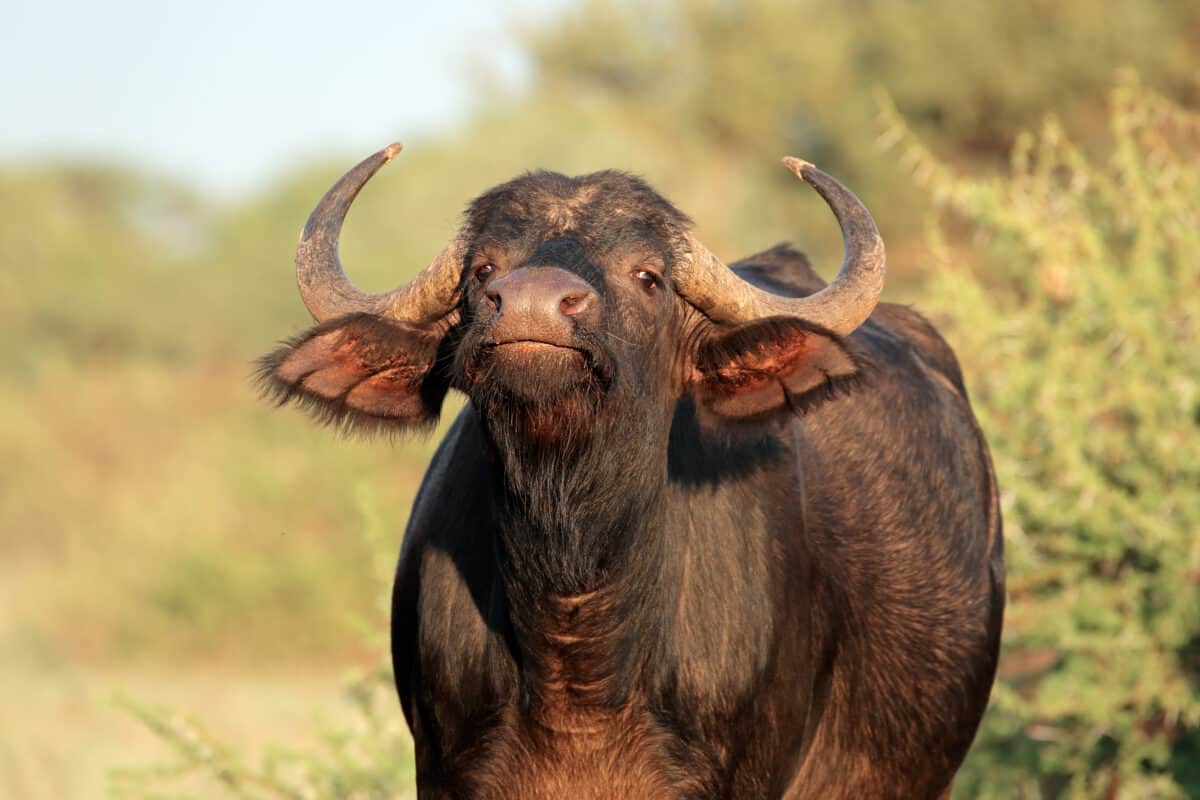
The African buffalo, also known as the Cape buffalo, is a formidable grazer found in grasslands, woodlands, and forests. Although they may appear docile, buffaloes are known for their unpredictable nature and have few natural predators apart from lions. Population threats include habitat loss, disease, and hunting, highlighting the importance of conservation efforts to protect these resilient creatures.
Africa’s wildlife is a testament to the continent’s extraordinary biodiversity. While these animals play vital roles in their ecosystems, they also face numerous challenges. Conservation initiatives and protected areas are crucial to ensuring that future generations can enjoy the splendour and diversity of Africa’s iconic wildlife.
- 10 Common Chicken Behaviors and What They Mean - August 9, 2025
- 14 Creatures That Can Freeze and Thaw Back to Life - August 9, 2025
- 10 Animals That Risked Their Lives to Save Humans - August 9, 2025

